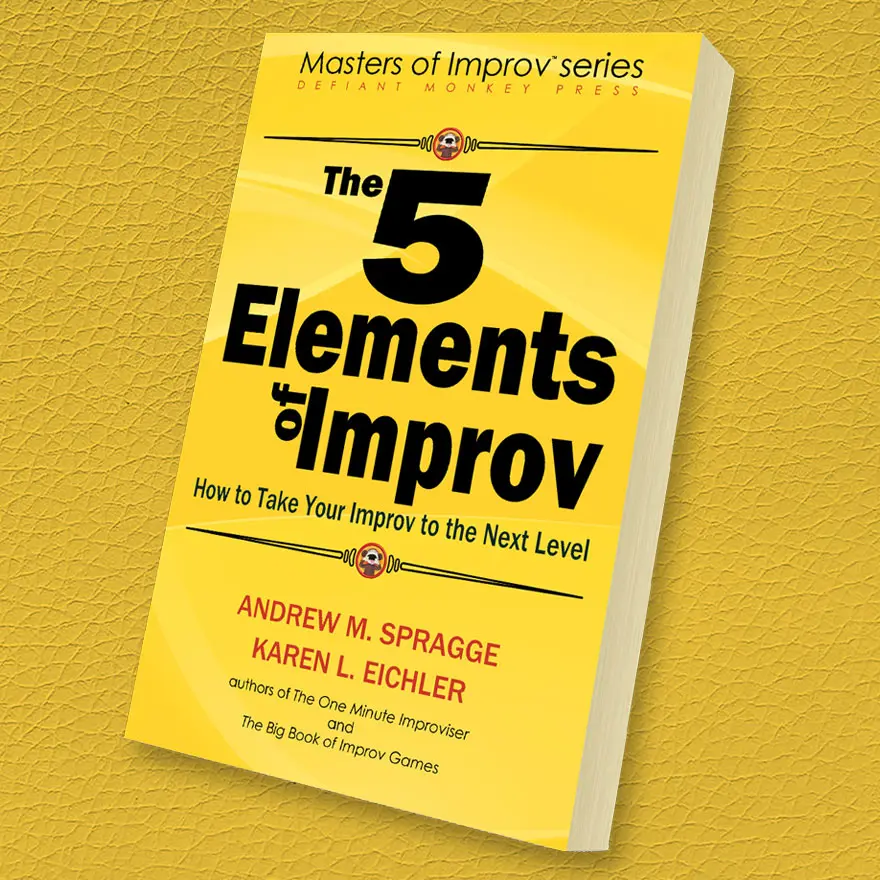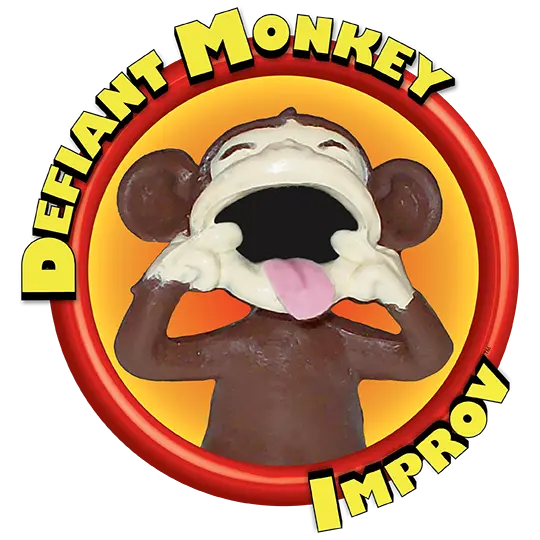In this follow-up to “How Powerful Choices Beat Questions“, we explore when and how questions can be “not bad”.

Re-reading an earlier post on this blog, How Powerful Choices Beat Questions, we may have left the reader with the impression that we believe all questions are to be avoided. “It cannot be said questions by nature are bad,” we stated, but then did not go on to explain when and how they can be “not bad”.
It is undeniable that, in most instances, statements are more productive than questions.
Statements give more information and save time. There will be instances, however, when a question can propel a scene in a clear direction as well as, or better than, a statement might. The key is to use the better form of question.
Questions come in two general categories: open-ended and closed-ended. Closed-ended questions are those that limit responses to a very narrow range of answers, typically of the “yes/no” variety. They are polarizing, and give little useful information. Open-ended questions are those that require a more detailed response, one that can’t be encapsulated by “yes” or “no”.

When I was a corporate trainer, I would use the following example to illustrate the difference between the two types of questions. I would choose one member of the class and ask them to think of a favorite vacation spot. I would then ask them a series of yes/no questions to try and guess which location they were thinking of. It would go something like this:
“Is it Paris?”
“No.”
“Is it Toronto?”
“No.”
“Is it Mumbai?”
“No.”
…and so on, until they have clearly gotten the point that I’m not about to guess it easily. I would then change up the question and ask,
“What’s your favorite vacation spot?”
“Boston.”
…and voila! I had my answer in a single shot, and hopefully some of the class members would take this lesson with them out into the field and make better use of their questions.
In the world of improv, where time is a precious commodity, we cannot afford to lavishly waste time asking unproductive questions.
We must train ourselves so that when we do ask those infrequent questions, we make them productively open-ended. By doing so we add information to the scene and incorporate it with already-existing elements, moving us forward and advancing and expanding our story.

The 5 Elements of Improv – How to Take Your Improv to the Next Level

